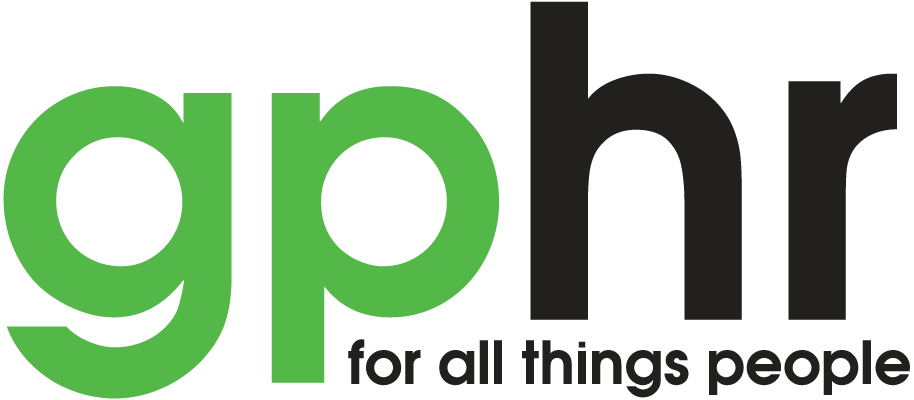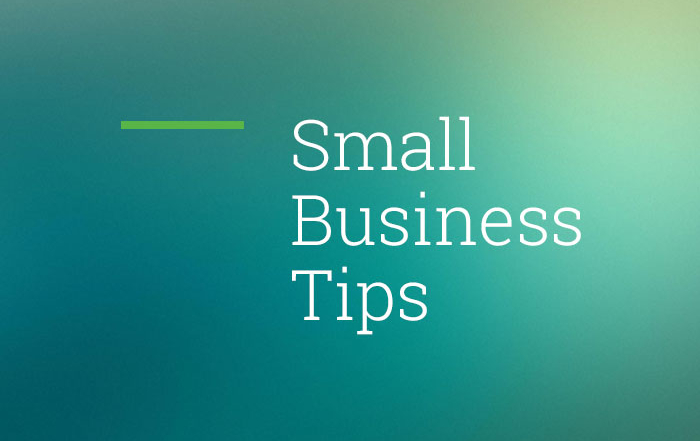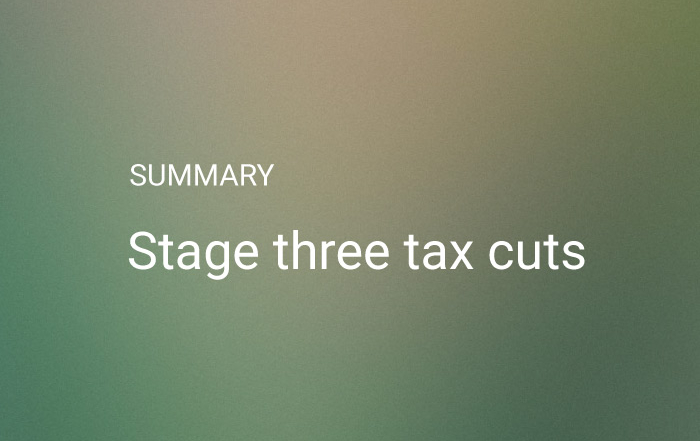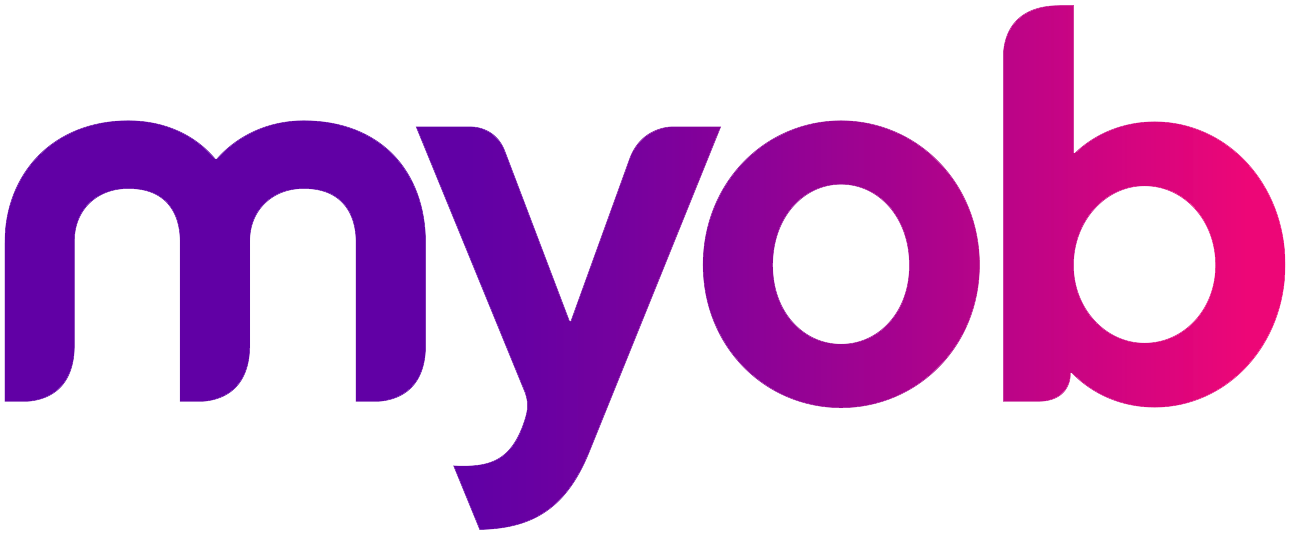
Wendy Jeffery-Lonnie
March 14, 2024
Yesterday the Workplace Gender Equality Agency (WGEA) released its gender pay gap data including highlighting on their website some of the big winners and losers when it comes to pay disparity between genders. Reporting is currently only required for those businesses with greater than 100 staff (this includes corporate structures where the combined number of employees across all entities is 100+). CEO and Head of Business remuneration is excluded in this year’s data, but will become a requirement next year.
The Federal Government’s Workplace Gender Equality Amendment (Closing the Gender Pay Gap) Bill 2023 aims to highlight significant gaps between males and females in pay and workforce composition and prompt employers to actively introduce policies to identify and remove gender bias and/or other barriers.
Much of the reported information is now publicly available on the WGEA website including being able to drill down to industry data and individual companies.
It’s not about men and women being paid the same for doing the same job…that has been a legal requirement since the late 60’s.
What is the gender pay gap percentage?
The gender pay gap percentage is a national measure of how, as a country, we value the contribution of men and women in the workforce. It aims to drive industries and businesses to challenge their approach to gender equality, particularly if a business is highlighted as having significant gaps between males and females in pay and workforce composition.
The current data shows that women in Australia earn on average 21.7% less than men. It was at 30% 10 years ago when WGEA first started gathering data and releasing information on gender pay inequality.
Interestingly across every industry, the remuneration gender pay gap percentage is in favour of males. Accommodation and Food Services a very low 1.9%, and the construction industry is at 31.8%.
Putting the spotlight on generalisations
Reporting the numbers transparently aims to put the spotlight on generalisations regarding gender, ie:
- Women want part-time roles so they can look after their children – as opposed to creating workplaces that support family-friendly career development for all employees regardless of gender. OR
- This industry has always been male dominated, that’s just how it is – but rather what are the gender perceptions we need to breakdown, what can we do as a recruitment strategy in our industry to raise female participation rates… what are the blockers? With the information being published on the WGEA’s website there may be a need for businesses to be on the front foot in coming years and provide staff with information regarding results before they are published.
The published data that could provoke concern amongst current or potential staff and customers (note much of the media commentary surrounding women’s clothing brands and many of the private girls schools data). On the flip side, it also gives businesses the ability to highlight positive aspects of the data or any trends that can be identified that show progress in eliminating pay gaps.
Businesses will also be able to compare their data with other employers and/or your industry as a whole. Again this could prove a competitive advantage if your gender pay gap is ‘neutral’ or better still less than your competitors.
Senior management / executive roles and the gender pay gap
Businesses should challenge themselves to strategically articulate why a senior management role (including that of the CEO) can’t be part time.
The gender Pay Gap is calculated by a standard formula:
(average remuneration of men – average remuneration of women)
average remuneration of men
x100
Some clear trends from the WGEA data include: Employers with more women in key management positions are more likely to have a neutral gender gap (-5% to +5%) Where the CEO of a company is a woman this will reduce the gender pay gap Businesses with a gender balance in management positions (between 40%-60% female to male ratio) are twice as likely to have a neutral gender pay gap than those with less than 20% females in management roles.
I have less than 100 staff – why do I need to worry about this data?
As with many of the government reporting requirements, they start with the larger businesses and then introduce the reporting obligations to all businesses. That said whether you are required to report this data to WGEA or not, there is great value in doing the calculations and seeing how your salaries stack up.
Even without looking at your salary data, all businesses should look at introducing initiatives to improve gender equality:
- Having transparent remuneration policies and practices in place that recognise and value all skills within your business.
- Consider pre-conceived ideals that certain roles have to be full-time.
- Consider flexible working arrangements for all employees and all positions. Ensure all employees have access to meaningful and quality work.
- Ensure all staff have access to the same training and promotional opportunities.
- Support women to return to work after parental leave and take steps to minimise disruption to their career progress.
- Create family-friendly policies to equally support male staff to take time/adjust work hours for carer responsibilities.
- Consider any unconscious biases, issues, or areas that could be improved, addressed, or eliminated.
Can we assist with your human resources requirements?
Complete the quick contact form below with your details and one of our team will be in touch to discuss your requirements. Alternatively, you can call us (08) 9327 1777 or email info@dfkgpca.com.au.










